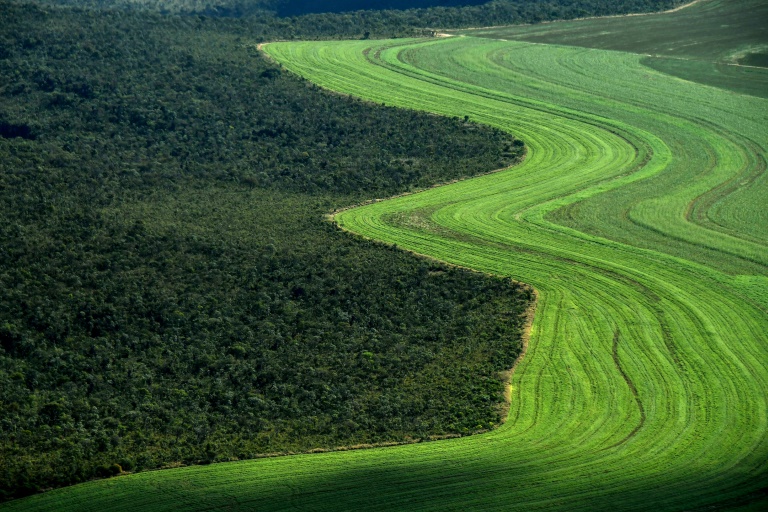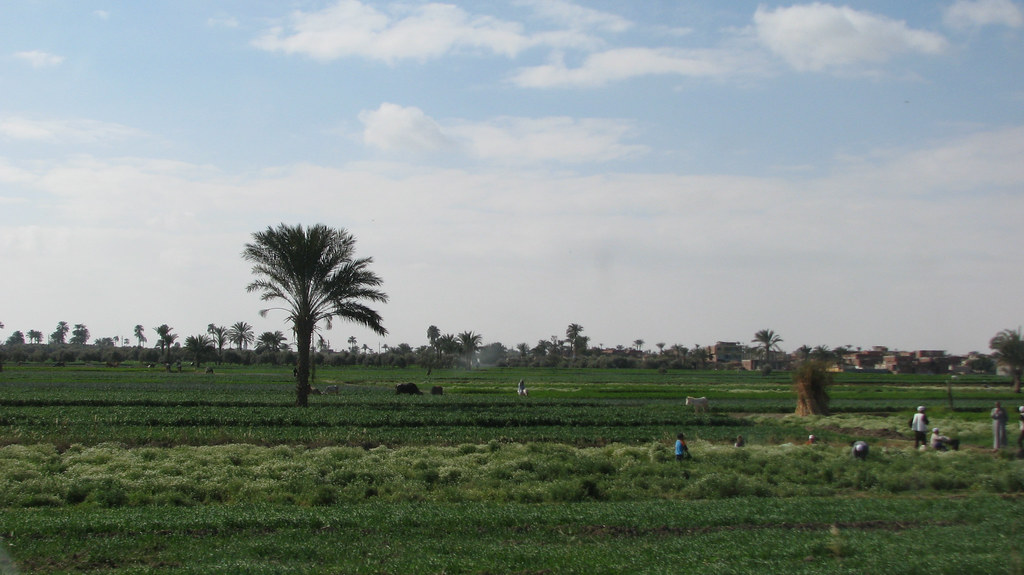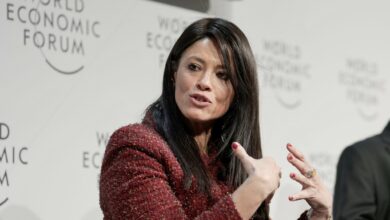
Experts Friday began negotiating the most comprehensive scientific assessment ever of the role the land we live off plays in climate change, expected to highlight the stark choices humanity faces to feed 10 billion people while preserving Nature.
The Intergovernmental Panel for Climate Change (IPCC) special report on land use is expected to warn how industrialised food chains, rampant resource exploitation, and even efforts to stave off the worst effects of global warming, are jeopardising our future.
But it will also deliver a withering verdict on global inequality, depicting a planet where billions of overfed people throw away vast amounts of calories at the end of each day as hundreds of millions go to bed hungry.
As delegates from around the world began poring over the report’s draft text in Geneva on Friday, experts said the importance of using land efficiently had long been overlooked.
“When you look at both the effects of the changing climate as well as contributions to climate change, the land sector is incredibly important,” Lynn Scarlett, vice president for public policy at The Nature Conservancy campaign group, told AFP.
Land use including agriculture and deforestation account for around a quarter of planet-warming greenhouse gas emissions. Industrial farming uses one third of all land on Earth and up to 74 percent of fresh water.
Stephen Cornelius, WWF’s chief advisor on climate change, said the world needed “an urgent transformation in how we use land in the future.
“This includes the type of farming we do, our food system and diets, and the conservation of areas such as forests and other natural ecosystems.”
‘My farm, my food’
Addressing the opening plenary, IPCC Chair Hoesung Lee said the land use assessment affected everyone.
“You could say this report is about my landscape, my farm, and my food,” he said.
Inger Andersen, the new head of the UN’s Environment Programmes, called the 1,200-page document “a hugely important piece of science.”
“Land can either be a source or a sink of greenhouse gases, and whether it has a positive or negative impact on a climate-changing world is up to us,” she told delegates via video link.
 AFP/File / Tauseef MUSTAFA Agricultural systems now use a third of all land and three quarters of all fresh water on the planet
AFP/File / Tauseef MUSTAFA Agricultural systems now use a third of all land and three quarters of all fresh water on the planetWith the global population set to hit 10 billion by mid-century, there are fears existing food systems will be stretched to breaking point.
Meat is a major problem, as is food waste. It’s estimated as much as 30 percent of all food produced ends up in landfills — with a carbon footprint to match.
“Although land provides more than enough food to feed everyone, there are still 820 million who go to bed hungry every night,” said Stephan Singer, senior adviser on global energy policies with Climate Action Network, a global grouping of NGOs.
In addition, monoculture crops such as soy used for energy and animal feed are reshaping Earth’s surface, contributing to the destruction of carbon-absorbing forests.
Trade offs?
An IPCC report in October on the feasibility of limiting temperature rises to 1.5C (2.7F), in line with the Paris climate accord goals, sparked global protest movements demanding that governments bring their policies in line with the science.
 AFP/File / Mohamed el-Shahed The report is likely to throw up a number of trade offs between food production and climate change mitigation
AFP/File / Mohamed el-Shahed The report is likely to throw up a number of trade offs between food production and climate change mitigationThe land use report is expected to detail increasing desertification and habitat degradation from agriculture, with an area of tropical forest the size of Sri Lanka lost each year.
It will also throw up a number of trade offs.
One is striking the right balance between land used for food and land used to mitigate global warming, such as forests and bioenergy projects.
“We need to move away from harmful industrial agriculture that relies on chemicals, drives deforestation and releases emissions,” Teresa Anderson, climate policy co-ordinator at global campaign group ActionAid, told AFP.
“The writing is on the wall for big agriculture corporations.”



